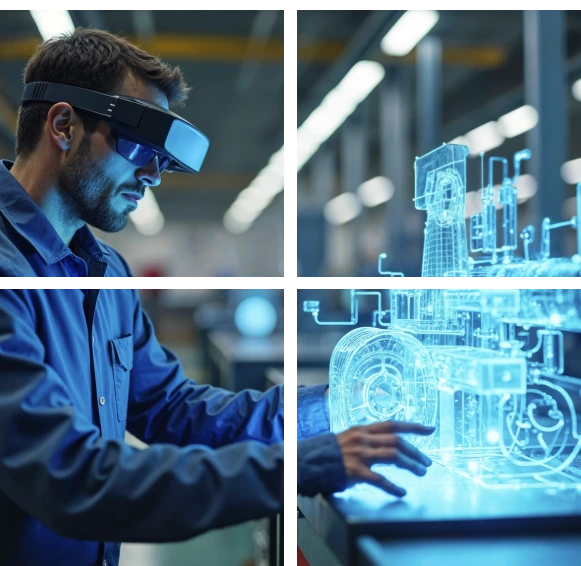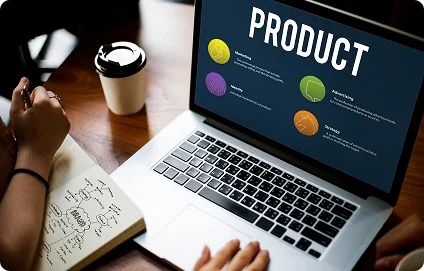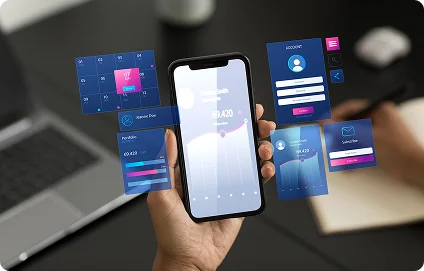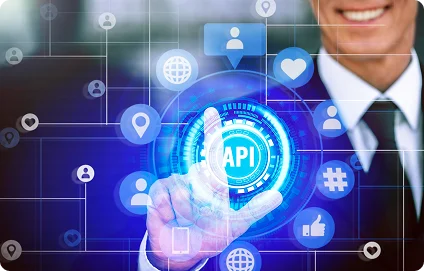Product Engineering Service is a comprehensive, end-to-end approach to designing, developing, and maintaining software products by applying modern engineering principles, agile methodologies, and cutting-edge technologies. It covers the entire lifecycle of a digital product—from concept to deployment and beyond.
Unlike traditional development, product engineering focuses not only on building software but also on ensuring that it is scalable, reliable, maintainable, user-centric, and market-ready.
Key Features of Product Engineering Services:
End-to-End Product Lifecycle Management
Covers everything from ideation, prototyping, and MVP development to scaling, support, and continuous improvement.
Cross-Functional Expertise
Involves product strategists, UI/UX designers, full-stack developers, DevOps engineers, QA testers, and architects working collaboratively.
Scalable & Cloud-Native Architecture
Ensures the product is designed for long-term growth using modern, modular, and cloud-ready technologies.
Faster Time-to-Market
Agile sprints and lean MVP strategies enable rapid releases, faster iterations, and quick validation with end users.
Continuous Innovation
Incorporates user feedback, analytics, and emerging technologies (like AI, IoT, or blockchain) for iterative improvement.



































